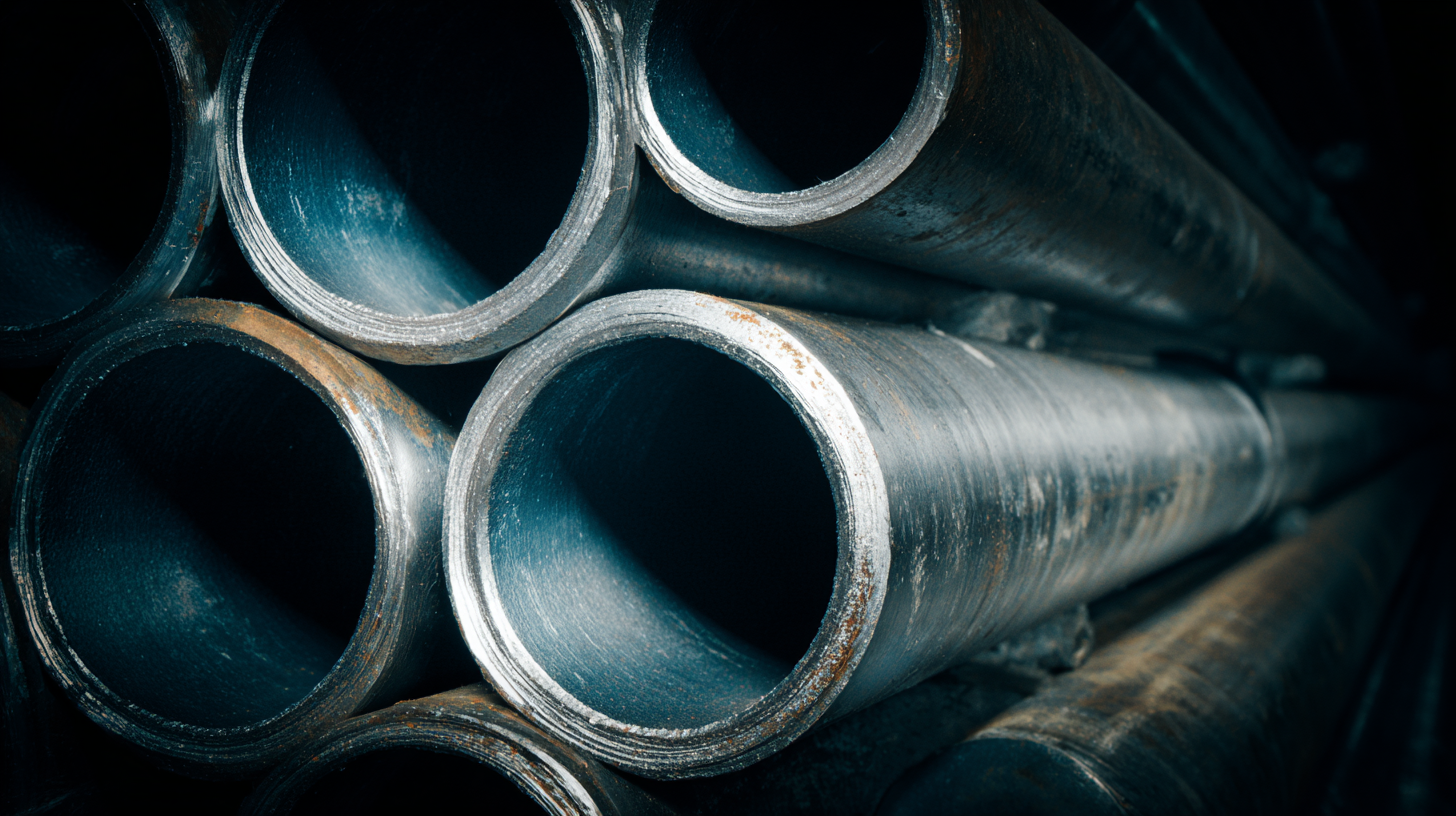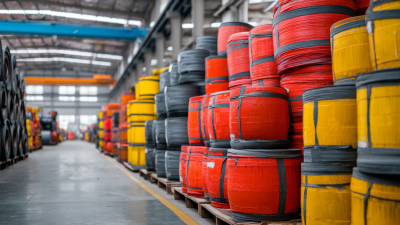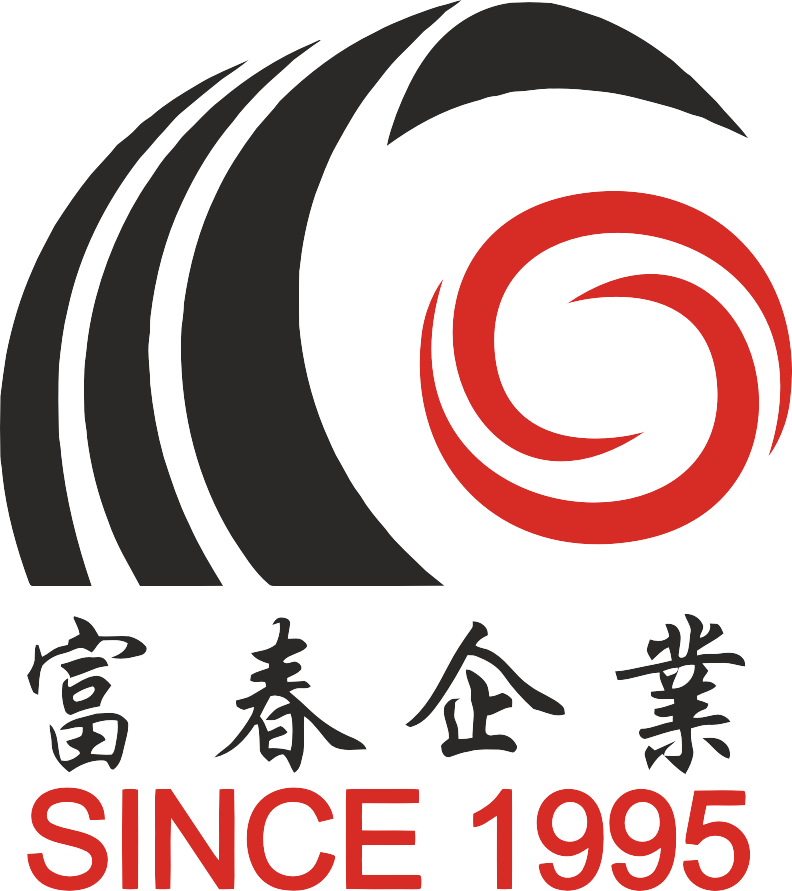Leave Your Message
When embarking on a new project, selecting the right interior tube is a critical decision that can significantly impact both functionality and aesthetics. The interior tube is not just a structural element; it plays a pivotal role in ensuring the overall performance and durability of your design. From the materials used to the dimensions required for specific applications, understanding the various types of interior tubes available is essential for any successful project. Whether you are working on a residential renovation, a commercial space, or an artistic installation, choosing the best interior tube can enhance your project's efficiency and look.

In this guide, we will explore the key factors to consider when selecting an interior tube, helping you make an informed decision that aligns with your project's unique needs and goals.
When embarking on your next project, selecting the right interior tube material is crucial for ensuring durability and functionality. The interior tube is often tasked with providing structural integrity and support, which makes the material choice paramount. Different projects may require varied properties—some may need heat resistance, while others might prioritize flexibility or weight. Understanding these requirements will direct you towards the optimal material selection.
**Tips for Choosing the Right Interior Tube Material:**
1. **Assess Your Project Needs:** Determine the specific demands of your project, including environmental factors such as temperature and pressure. This evaluation will help you narrow down suitable materials that can withstand the operational conditions.
2. **Research Material Properties:** Familiarize yourself with different tube materials such as PVC, metal, and rubber. Each has distinct characteristics that can influence performance, lifespan, and maintenance needs. For instance, rubber tubes are excellent for cushioning, while metal offers superior strength.
3. **Consult with Experts:** If you're unsure, seeking guidance from material specialists can save you time and resources. They can provide insights into the best materials that align with your project's goals, reducing the risk of costly mistakes down the line.

When selecting the right interior tube for your project, it's essential to identify the necessary specifications that meet your specific requirements. First, consider the materials commonly used in interior tubes, such as rubber or thermoplastic. The material choice will significantly affect factors like durability, flexibility, and resistance to various environmental conditions. Understanding the nature of your project can guide you toward the right material selection, ensuring optimal performance during use.
Another crucial specification to determine is the diameter and length of the tube. Measurements must align with the components of your project, as improper sizing can lead to complications in functionality. Additionally, assess pressure ratings and the temperature range that the tube must withstand. By evaluating these specifications thoroughly, you can ensure that the selected interior tube will not only fit seamlessly into your project but also perform reliably under the expected conditions.
Selecting the right interior tube for your next project involves careful evaluation of tube size and compatibility with existing equipment. The size of the tube is critical, as it influences not only the fit within your system but also the performance of the overall assembly.
According to a report by the International Organization for Standardization (ISO), selecting the proper tube diameter can impact flow rates by over 30%, which can significantly affect efficiency in applications ranging from automotive to aerospace.
Compatibility with existing equipment cannot be overlooked. It is essential to assess the specific requirements of your machinery in terms of tube material and size. For example, using a tube that does not match your equipment’s specifications can lead to increased friction and pressure drops, potentially leading to operational failures.
A study by the American Society for Testing and Materials (ASTM) indicates that mismatched tube sizes can increase maintenance costs by up to 25%. Therefore, thorough compatibility testing not only enhances performance but also provides long-term cost savings by reducing the likelihood of equipment malfunctions and repairs.

When selecting the right interior tube for a project, understanding the cost and performance metrics of different tube options is crucial. According to the recent report by the International Tube Association, the cost of various materials can significantly impact your project's budget. For instance, PVC tubing typically ranges from $0.20 to $0.50 per meter, while polyethylene can be slightly more expensive, ranging from $0.60 to $1.00 per meter. Choosing the right material not only affects upfront costs but can also influence long-term maintenance expenses and overall project efficiency.
In terms of performance, factors such as durability, flexibility, and resistance to environmental conditions should be considered. A study published in the Journal of Industrial Materials indicates that essential performance metrics show that PVC tubes offer a tensile strength of over 5,000 psi, whereas polyethylene tubes have a tensile strength closer to 4,000 psi. This difference in performance characteristics may determine the suitability of a tube for specific applications. By comprehensively comparing these cost and performance metrics, project managers can make informed decisions that align with their project goals while ensuring high levels of functionality and cost-effectiveness.
When embarking on a project that requires interior tubes, sourcing reliable suppliers and manufacturers is crucial for ensuring quality and performance. The global demand for interior tubes has seen significant growth, with a projected increase to $2.5 billion by 2025, according to a recent report by MarketsandMarkets. This surge is driven by advancements in materials science and increased applications across various industries, including automotive and construction.
Choosing the right supplier involves looking for those with a proven track record and certifications to meet industry standards. A reliable manufacturer typically showcases adherence to ISO 9001, which guarantees that their products meet consistent quality requirements. Additionally, it is beneficial to evaluate their production capabilities and technology investments. Suppliers that utilize advanced manufacturing techniques, such as automated extrusion processes, can maintain higher levels of precision and efficiency, which ultimately enhances product reliability. Therefore, conducting thorough research on potential partners and assessing their technical expertise is essential for the successful execution of your interior tube project.
| Dimension (mm) | Material | Weight (g) | Pressure Rating (psi) | Application |
|---|---|---|---|---|
| 20 x 1.5 | Rubber | 150 | 60 | Bicycle |
| 25 x 1.75 | Butyl | 180 | 50 | Motorcycle |
| 32 x 2.0 | PVC | 250 | 90 | Truck |
| 40 x 2.5 | Latex | 300 | 75 | Trailer |
| 48 x 3.0 | Nylon | 360 | 100 | Industrial |







